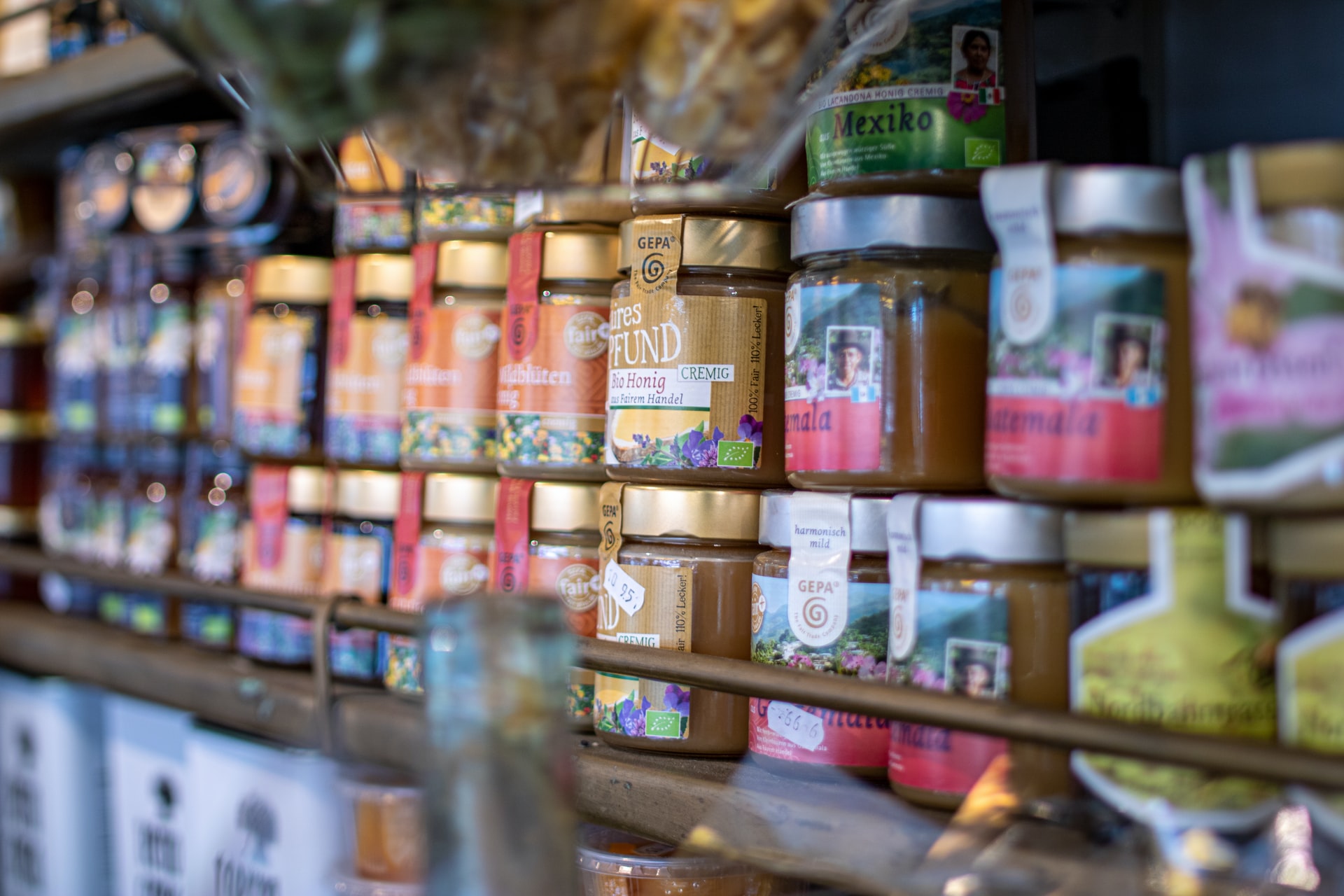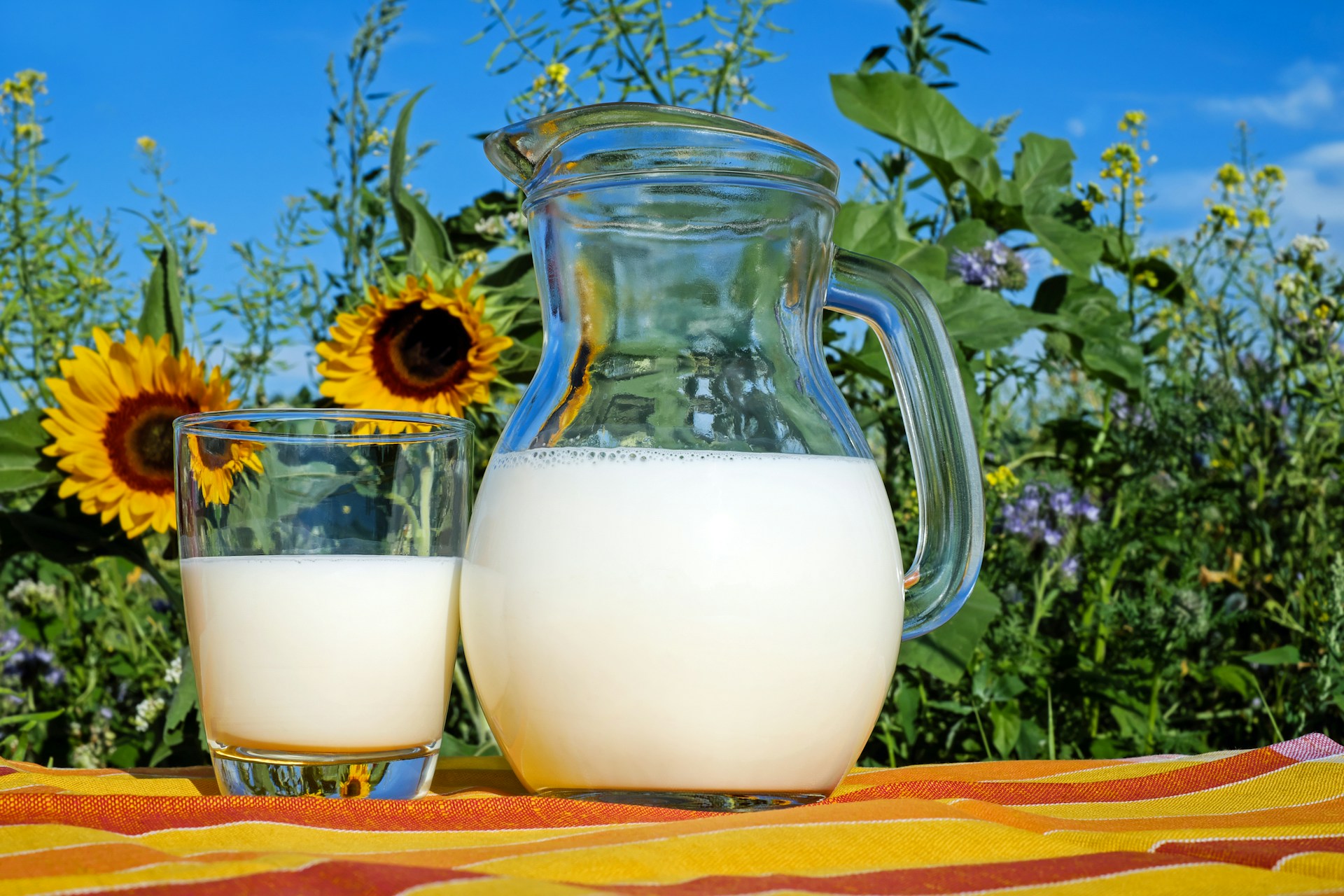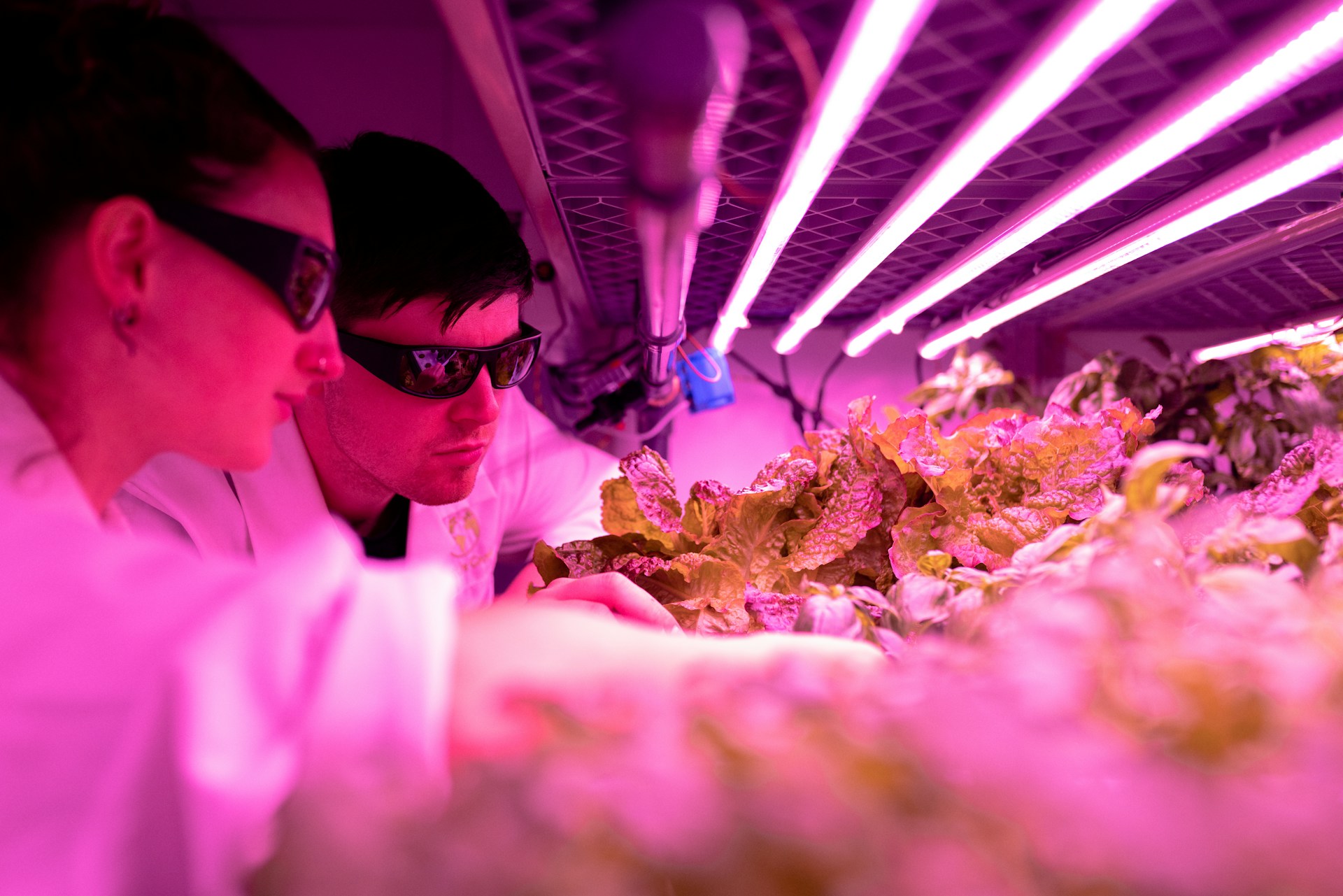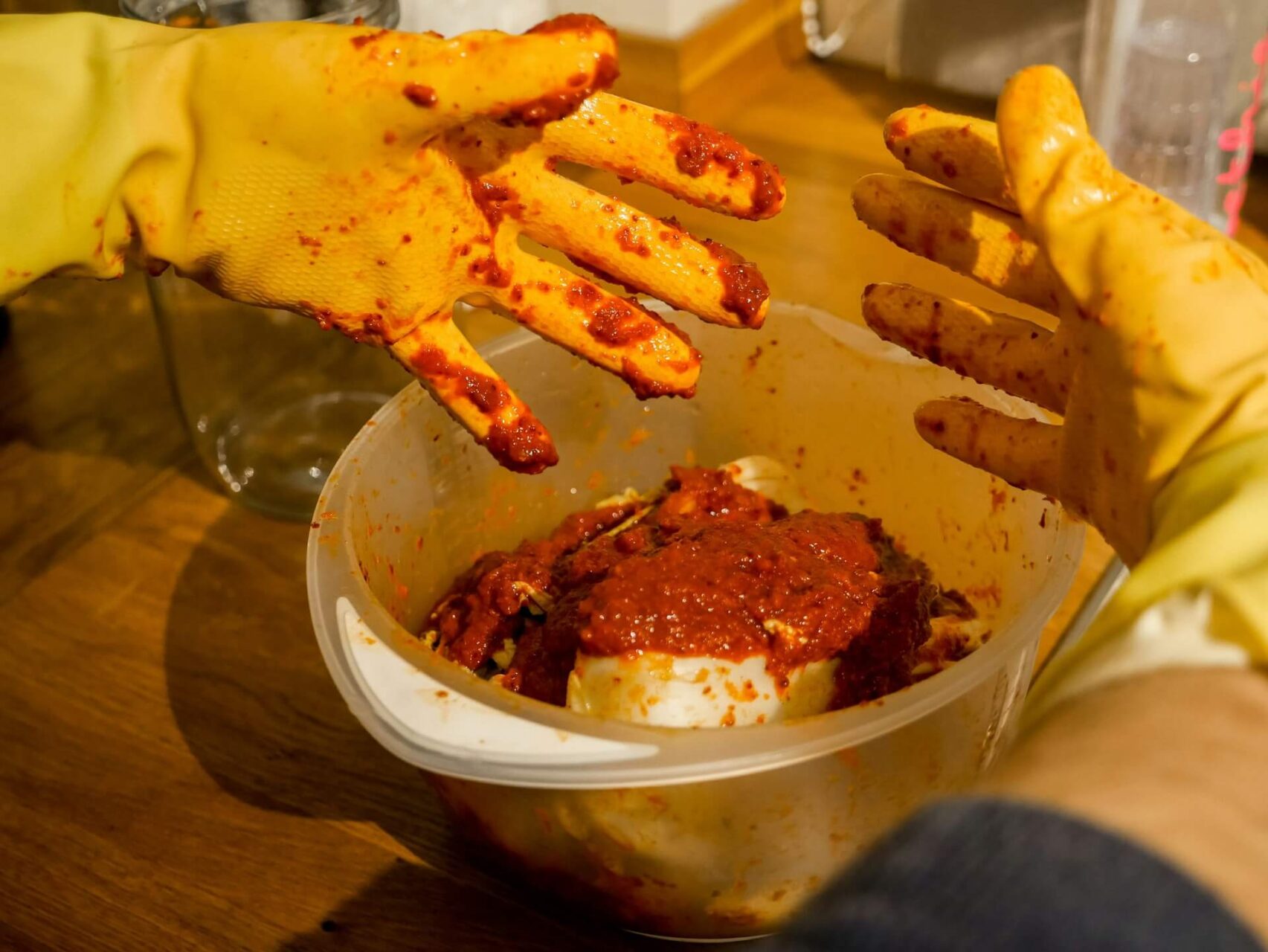
Everything Worth Knowing About Shelf-Stable Food
September 27, 2022 - Ellie Gabel
Revolutionized is reader-supported. When you buy through links on our site, we may earn an affiliate commission. Learn more here.
There’s been a lot of talk lately about the rising cost of living, food shortages, and prepping for hard times. No matter how the future shakes out, the question remains: should I stock up on the essentials to stay ahead of runaway prices and stock shortages?
Shelf-stable food is an answer for anybody wondering how to keep large amounts of food safe and ready to eat. You don’t have to be a Doomsday prepper to take an interest in this sort of thing. Even if your goal is just to save money by buying in bulk, it pays to familiarize oneself with shelf-stable foods, how they’re made, and what they offer in terms of convenience and nutrition.
What Is Shelf-Stable Food?
Shelf-stable food is sometimes referred to as “ambient” food. This is because it’s able to remain in storage at room temperature so long as it’s in a sealed container. Some shelf-stable items are foods that would normally require refrigeration, but which have been altered to remain safely storable at (typically) much higher temperatures.
Ultimately, the purpose is to make foodstuffs last as long as possible. Nobody know for sure when or if they’ll need to call upon their storehouse of goods, so this is a critical consideration.
How Are Shelf-Stable Foods Manufactured?
There are several ways in which food manufacturers ensure shelf-stable foods won’t perish before usage. Each method seeks to create conditions in which bacteria cannot thrive. These include:
- Reducing the water contained in a given food product.
- Raising the acidity of the food product.
- Sterilizing (or even lightly irradiating) a food product before sealing it.
Each of these methods effectively and considerably prolongs the life of stored food without greatly impacting its texture or taste.
In some other cases, a shelf-stable food product requires a substitution of one of its primary ingredients in order to prolong its life. For example: the most common fats and oils present in foodstuffs today, like peanut oil and olive oil, turn rancid quickly. Food products dependent on these ingredients, and that require the shelf-stable treatment, see these oils replaced with longer-lasting substitutes — including hydrogenated oils.
One point of caution? Products containing hydrogenated oils may also contain trans fats. This makes them a potentially controlled substance — requiring appropriate labels — in some states and territories.
What Are Some Examples of Shelf-Stable Food Packaging?
Along with how the food preparation happens, the packaging plays a significant role in the longevity of any shelf-stable food product. Here are some examples of packaging types:
- Canning: Industrial canning and home canning are both excellent for producing shelf-stable foods that last a long time.
- Retort pouches: Mostly used in mass production of shelf-stable food, these are familiar to anyone who’s used military or backpacking food rations. They’re sealed pouches, usually foil, that people pour boiling water into to prepare the (pre-cooked) food within.
- Pasteurization: Although not precisely a type of packaging, pasteurization is nevertheless a common process used to prolong foods’ shelf lives. Milk, juices, and other liquids in aseptic cartons can last a long time without refrigeration if they’re pasteurized first.
Any Interesting Developments Concerning Shelf-Stable Foods?
Venerable big-box retailer Costco recently announced a sealed tub of ready-to-eat Mac ‘n’ Cheese boasting a shelf life of 20 years. The product sold out almost immediately.
Compare this to one of the original shelf-stable food products — a novel formulation of ranch dressing which lasted only 150 days — and you can see how things are trending. Shelf-stable food products have only become longer-lasting over time thanks to improvements in the aforementioned preparation and packaging processes.
Of course, consumers remain wary of foods boasting long shelf lives if it comes at the cost of a long list of preservatives. For this reason, the food industry is shifting toward “clean label” solutions to prolonging the life of our foods.
Some of the emerging favorites slated to replace more familiar industrial food preservatives include:
- Sodium chloride
- Potassium chloride
- Organic acid salts
- Bio-protective cultures
- Natural plant extracts
The idea of borrowing natural ingredients from elsewhere in nature to increase the life span of other products is especially compelling. Green tea extract, acerola cherry extract, and rosemary extract are all seeing widespread experimentation as preservatives that delay the oxidation of meats and poultry without significantly affecting the taste or mouthfeel of the food itself.
New-Age Solutions to Old Problems
Such scientific inquiry comes at an excellent time, since consumers are showing ecology-mindedness while shopping in greater and greater numbers. As food manufacturers find cleaner and more natural ways to preserve foods, the public will have fewer reasons not to buy in bulk, stock up for lean times, and enjoy the peace of mind that proper prior planning provides.
Revolutionized is reader-supported. When you buy through links on our site, we may earn an affiliate commission. Learn more here.
Author
Ellie Gabel
Ellie Gabel is a science writer specializing in astronomy and environmental science and is the Associate Editor of Revolutionized. Ellie's love of science stems from reading Richard Dawkins books and her favorite science magazines as a child, where she fell in love with the experiments included in each edition.






